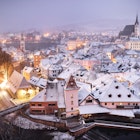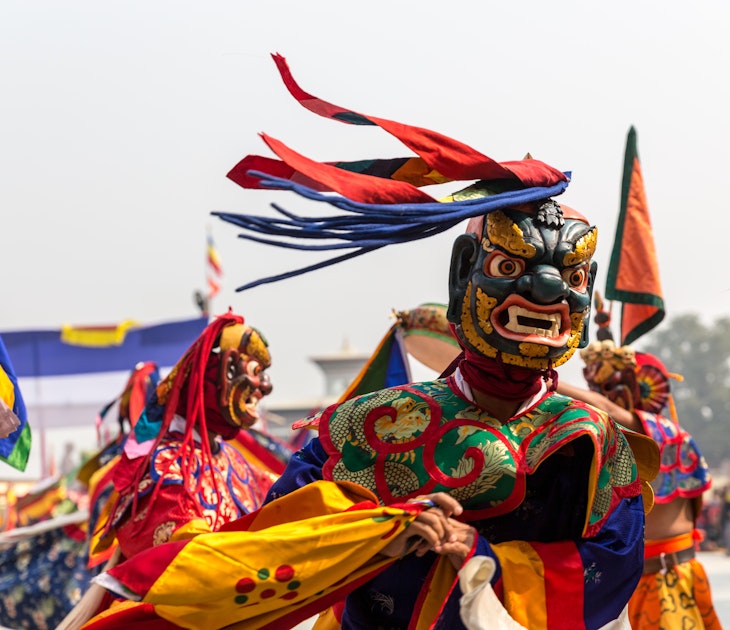
Amazed by what you see on your travels but underwhelmed by your photos of them? No problem - we've got five fail-safe tips for snapping landscapes, from Richard I'Anson in Lonely Planet's Guide to Travel Photography.
1. Don't feel you have to get everything into your composition – landscapes don't have to always take in the big scene. Isolate elements that say something about the environment and complement panoramic views. As with all good compositions, there should be a point of interest to hold the viewer's attention.
2. As you compose landscapes, pay attention to the horizon – make sure it is straight in the picture. If the sky is dull and lacking detail, it will look flat, so place the horizon in the top third of the frame. If the foreground is uninteresting, place the horizon in the bottom third. If neither sky or foreground do anything for the photo, eliminate them by zooming in.
3. To ensure sharpness of focus from front to back, choose a high aperture (eg, f16) if you have a manual camera. Combine with a sensor setting of ISO 100 (again useful for sharpness) and shutter speeds will drop below 1/15, so consider using a tripod.
4. When we look at a scene, we might see the colour, beauty, scale and main features – we see straight through power lines, rubbish bins or the toilet block on the left. Scan your viewfinder before you release the shutter to check for unwanted elements.
5. Don't accidentally photograph your shadow. You have to be especially careful when shooting very early or very late in the day when shadows are at the longest. Shoot from a low angle or position your shadow in a shaded area of the composition.
Explore related stories

Architecture
The ultimate guide to Tibetan Buddhist monasteries: exploring gompas in the HimalayasNov 22, 2024 • 7 min read

 Festivals & EventsChristmas dinners around the world: choose your favorite festive dishes
Festivals & EventsChristmas dinners around the world: choose your favorite festive dishesNov 22, 2024 • 5 min read

 BeachesThese 5 day trips from Sydney will show you the splendors of New South Wales
BeachesThese 5 day trips from Sydney will show you the splendors of New South WalesNov 22, 2024 • 7 min read

 Destination PracticalitiesDo you need a visa to visit Thailand? Here’s everything to know
Destination PracticalitiesDo you need a visa to visit Thailand? Here’s everything to knowNov 22, 2024 • 8 min read


 Wildlife & NatureDay trips from New Orleans: 9 can't-miss jaunts from The Big Easy
Wildlife & NatureDay trips from New Orleans: 9 can't-miss jaunts from The Big EasyNov 21, 2024 • 6 min read
